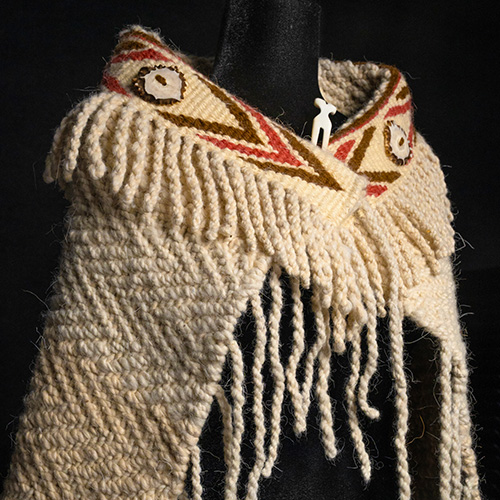On a blustery February day, dozens of teens leapt across a high school gymnasium in Yakima while a pair of UW students guided them through dance moves. The UW students were leading the class as part of a teaching methods course offered by the UW Dance Program.
“Several years ago, students in the teaching methods course taught each other all quarter,” says Jennifer Salk, associate professor of dance, who leads the class. “But to really get a sense of teaching, it’s important to get out of the classroom.”

The UW students have had opportunities to teach in Seattle—at dance studios, at Boys and Girls clubs, or at their own K-12 alma maters—but Salk also wanted them to navigate a less familiar setting, reaching out to kids in need. She found that opportunity through the GEAR UP “Two Valleys, One Vision” program, a partnership between the UW and 13 school districts across Washington state to prepare low-income, at-risk youth to enter and succeed in post-secondary education.
For the past four years, students in the teaching methods class have traveled to Yakima to lead dance classes through GEAR UP, visiting six schools in four days. The students work in teams of two or three, armed with detailed lesson plans developed prior to the trip.
“Our students learn more leading those classes than I can teach them in a quarter,” says Salk. “It’s instant learning, because they have no choice. They have to figure it out. They get situations they didn’t expect, which is how it is in real life.”

Some recent surprises included planning for a class of 28 students and having twice that number show up. Or overcoming the distraction of a janitor repairing a light in the gymnasium during the dance class. Or having students with wildly divergent abilities in the same class.
The key to success in such situations is preparation, which is why Salk has the students complete six weeks of coursework in Seattle before making the trip. Students read about developmental benchmarks at different ages, present mini-lectures to their classmates on learning styles, and teach short warm-up exercises. They also prepare a detailed lesson plan for the hour-long classes they will teach in Yakima.
“It’s important to develop a lesson plan, a script, so if they get stuck they have something they can come back to,” says Salk. The plans outline each warm-up and exercise to be taught, including the goal of each exercise, music to be used, and the estimated time needed for each activity. “A lot of people think they can wing it,” says Salk. “At the end, they all say, ‘Thank goodness I had this lesson plan.’ They’d thought through it enough that if they had to dump something, they knew how to move on. And almost no one actually got to the end of their plan.”
Salk is on hand during the Yakima classes, observing and providing guidance as needed, particularly when teens in the class act out. “Kids act out for two reasons—they’re either bored or completely overwhelmed,” she explains. “That’s easy to see as an observer, but harder to see when you’re leading the class.” If Salk notices the class drifting, she’ll sometimes pull the UW students aside to help them switch gears. But more often than not, what she observes is “dozens of high school kids moving across the floor, grinning from ear to ear. It’s great.”

Even more than the enthusiasm of the high school students, Salk revels in watching her own students take wing as teachers. “We had some really natural teachers in the class this year,” says Salk. “I’m often surprised when a very quiet person is able to take over and really be powerful.”
After the trip, the students evaluate their own efforts, noting what worked, what didn’t, and how they would alter their approach if they taught the class again. Some students discover they love teaching; others realize it’s not for them. Either way, the experience tests them in unexpected ways.
“They arrive in Yakima with huge apprehension, with no idea what to expect.” says Salk. “But at the end of a day of teaching, they are transformed. They’re exhausted, but many of them say it’s the most amazing thing they’ve ever done.”
More Stories

A Healing Heart Returns
In February, the UW Symphony will perform a symphony that Coast Salish elder Vi Hilbert commissioned years ago to heal the world after the heartbreak of 9/11. The symphony was first performed by the Seattle Symphony in 2006.

A "gesture" to jump-start careers
To prepare students for professional success, the UW College of Arts and Sciences offers “gesture,” a mock startup company where student interns gain skills that employers seek.

Coast Salish Traditions are "Woven in Wool" at the Burke
A Burke Museum exhibit, co-curated by Coast Salish weavers and Burke curators, highlights the importance of weaving to Coast Salish communities.